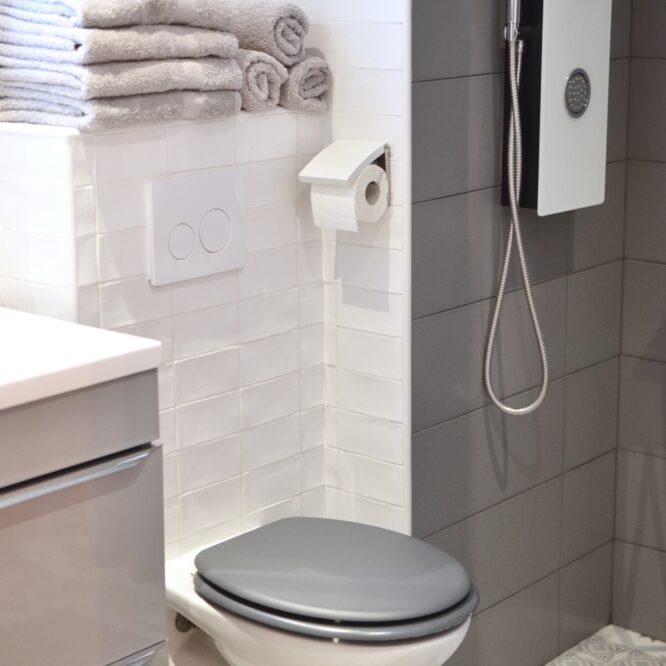Shy Bladder
If you, or somebody you know, has difficulties when it comes to using public toilets, then the cause could be a shy bladder. This social anxiety disorder can first present itself at any age, and very young children not long out of nappies offer suffer a mild form. Paruresis is effectively a phobia of using any toilet frequented by members of the public. Even if they are bursting sufferers will simply be unable to go due to a idiopathic type of urinary retention.
The key point with this type of urinary retention is that there is no physical blockage, it is brought on by the fear of urinating where there are other present. Even if all the toilets are checked and there is nobody around, just the though that somebody else could possibly use a toilet only a few feet away from them can bring this on. The lives of those suffering from Paruresis can be affected in may ways. From work related instances if they have to give a sample, to long distance travelling to everyday situations such as dining out and frightened to drink anything in case they need the toilet.
Paruresis
The causes of paruresis remain somewhat of a mystery. It is thought that toddlers suffer from it as they have become used to using their potty and this is a whole different ball game. Why adolescents or adults suddenly develop it is unknown, especially as the majority of those that suffer themselves cannot pin it down to a specific 'trigger' incident.
There is no way of knowing exactly just how many people are currently suffering from paruresis as. Like most phobias they manage to keep it well hidden. A US survey back in 1994 estimated that around 17m American had a fear of using a toilet outside of their own home, but there is little recent statistical evidence and nothing to gauge the number on a global scale.
People that suffer typically engage themselves in an avoidance strategy and whilst this may temporarily reduce the fear that comes from being unable to urinate in a public bathroom, it reinforces the phobia side of this disorder. The symptoms vary too as some paruretics deny that they feel any real anxiety within a public bathroom, they simply can't go. Other that suffer, however, have reported suffering from such physiological symptoms such as anxiety, sweating, palpitations, shaking and fainting.
Treatment for shy bladder
Treating paruresis is a tricky business. Sufferers usually pay a trip to their doctor first thinking it is a physical problem, and soon discover it isn’t. They may be referred to an urologist who will explore the problem deeper. His role centres around the following 5 areas;
- Making absolutely certain that there isn’t any underlying ailments
- Reassuring the sufferer that they are not alone and it is a common disorder
- To discuss behavioural approaches that can be made such as a man urinating in a cubicle as opposed to a urinal and scheduling trips to the bathroom when they know they will be alone.
- Coach the patient, if they wish to go down this route, how to use a self catheter
- Refer the sufferer for evidence based psychotherapy with an anxiety disorder specialist.

